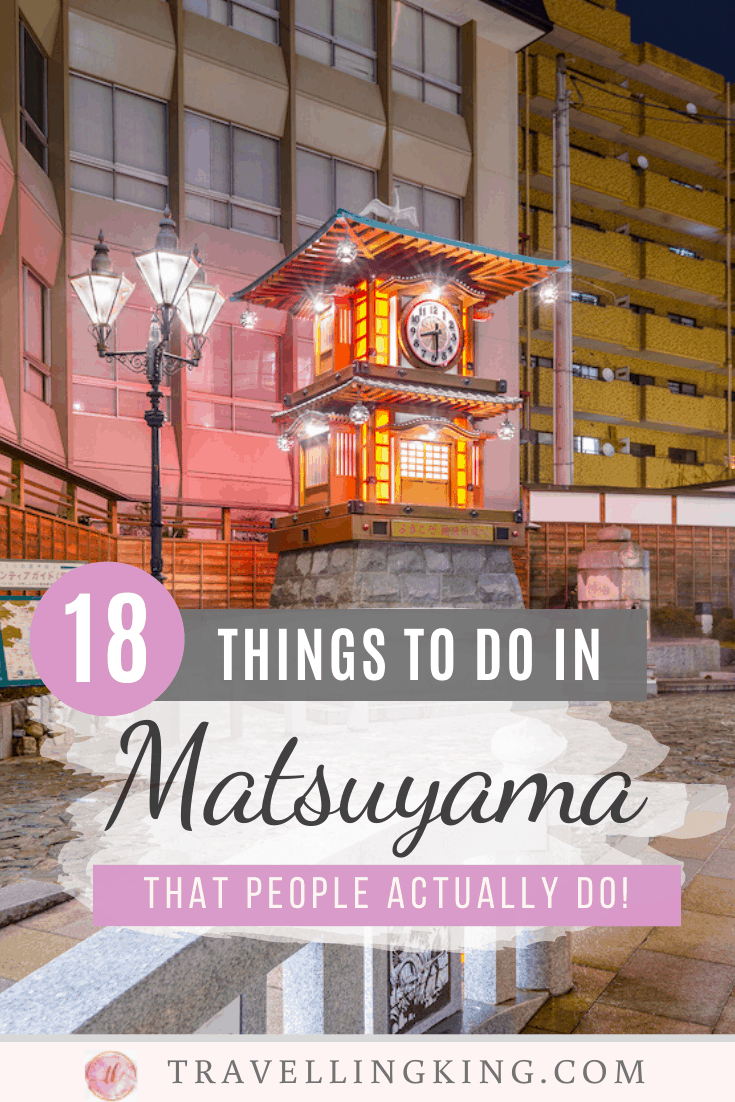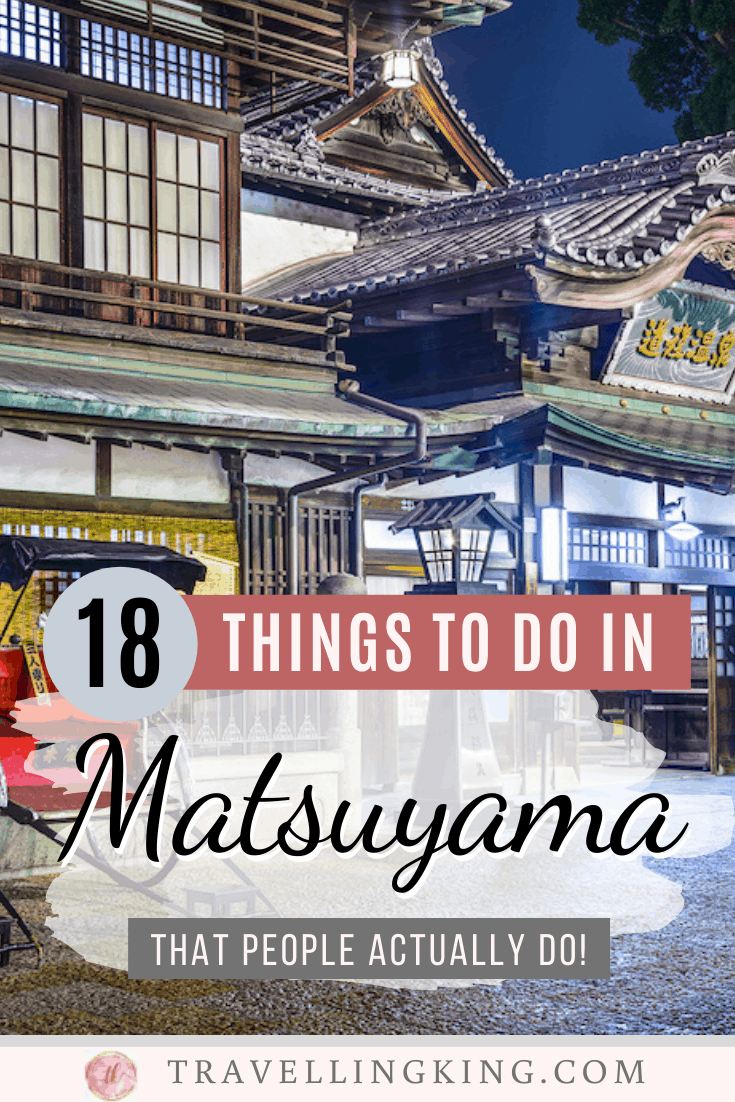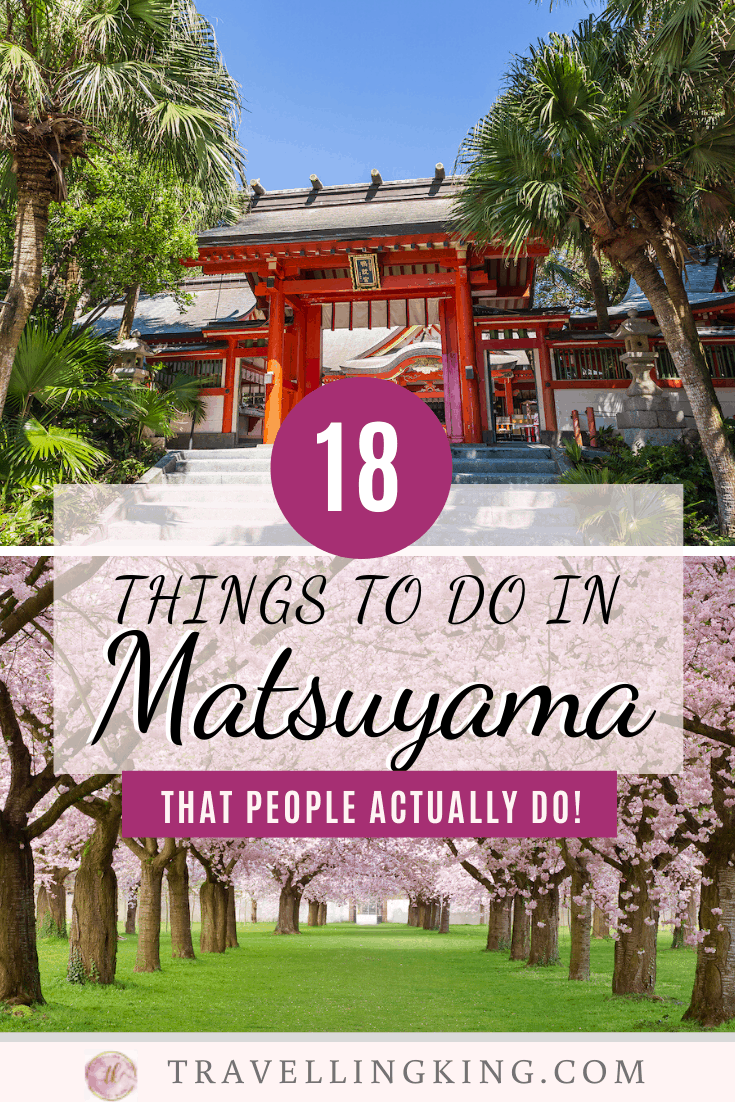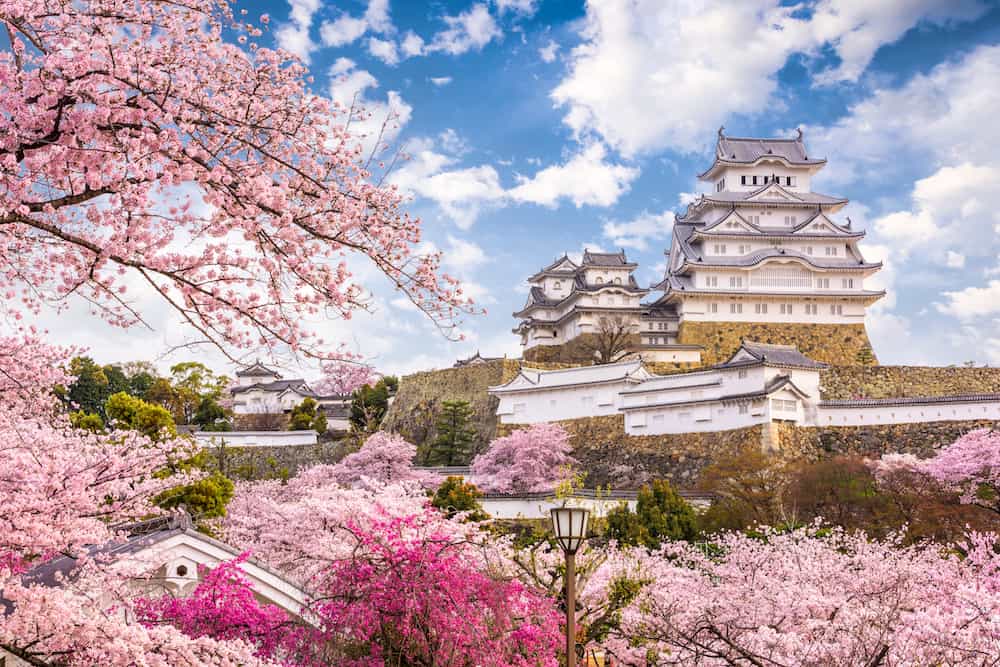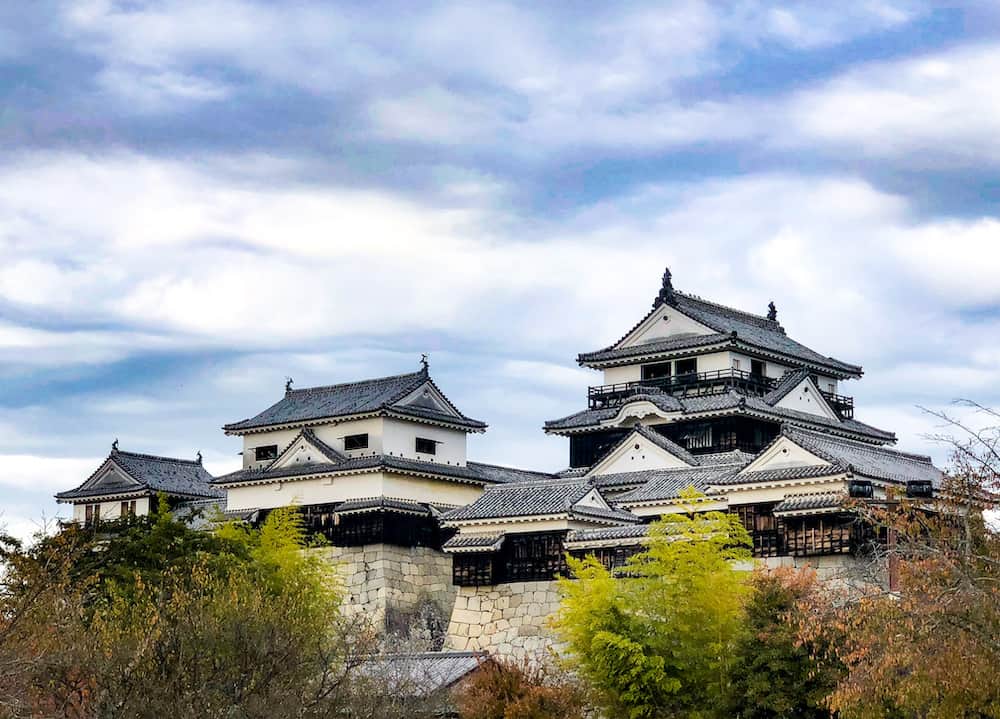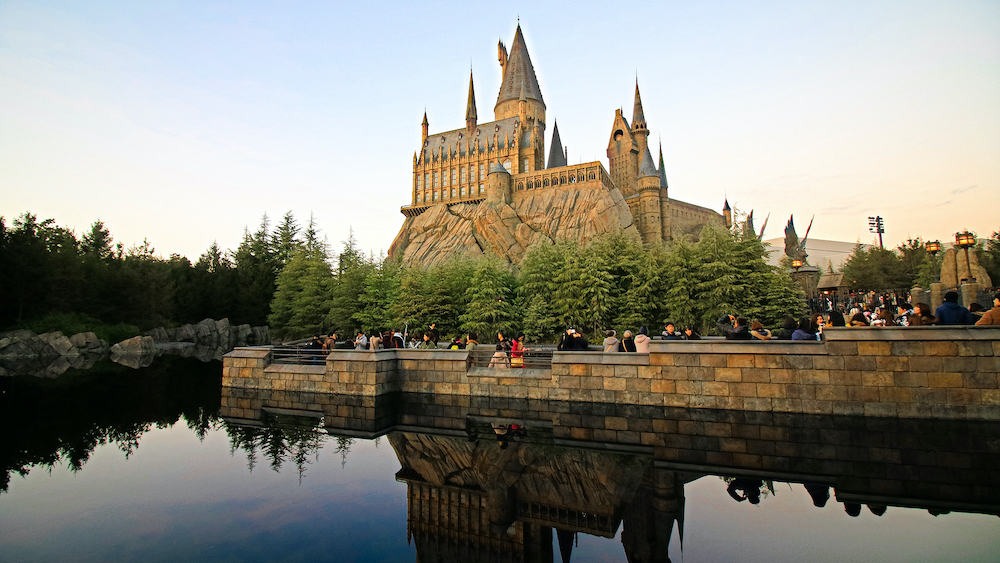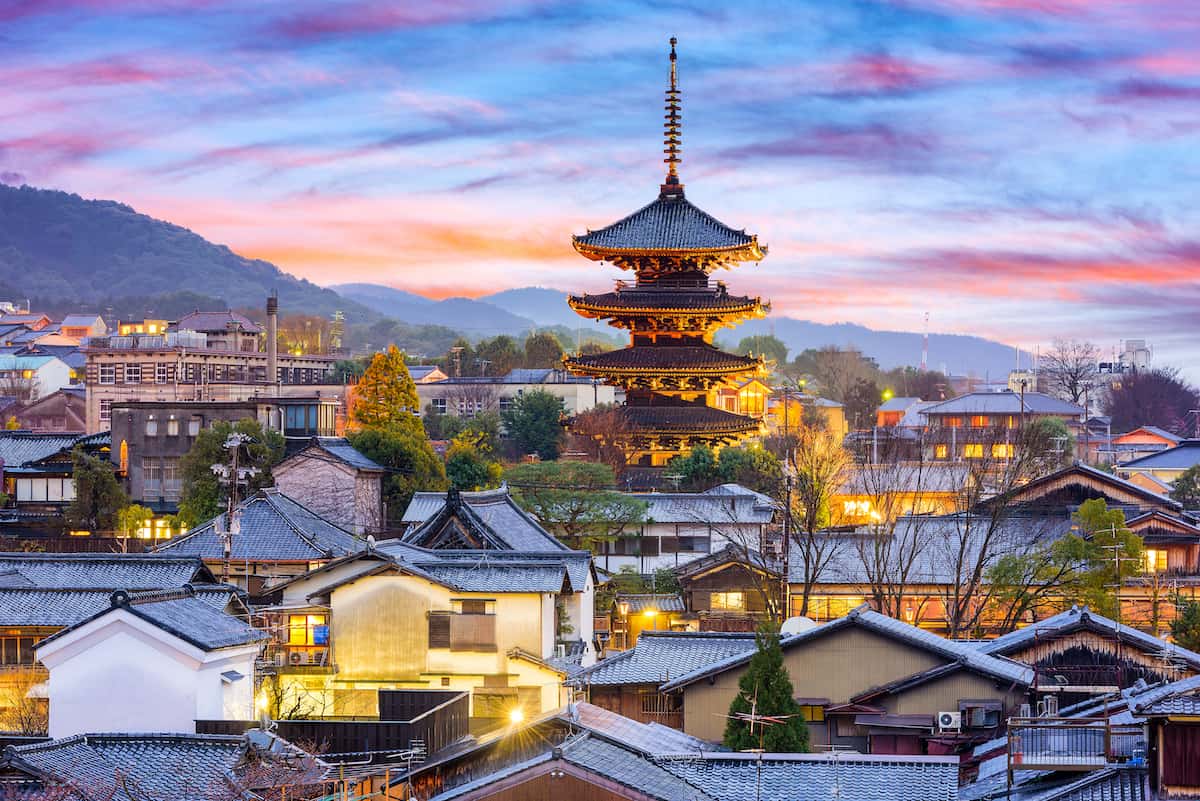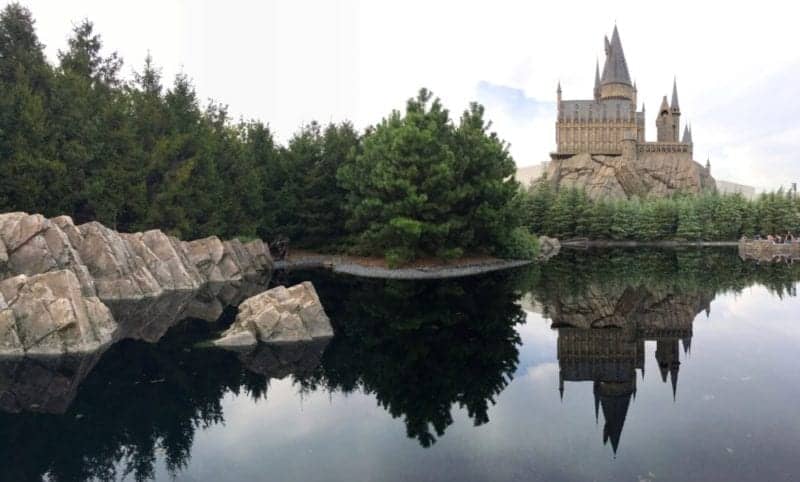18 Things to do in Matsuyama – That People Actually Do!
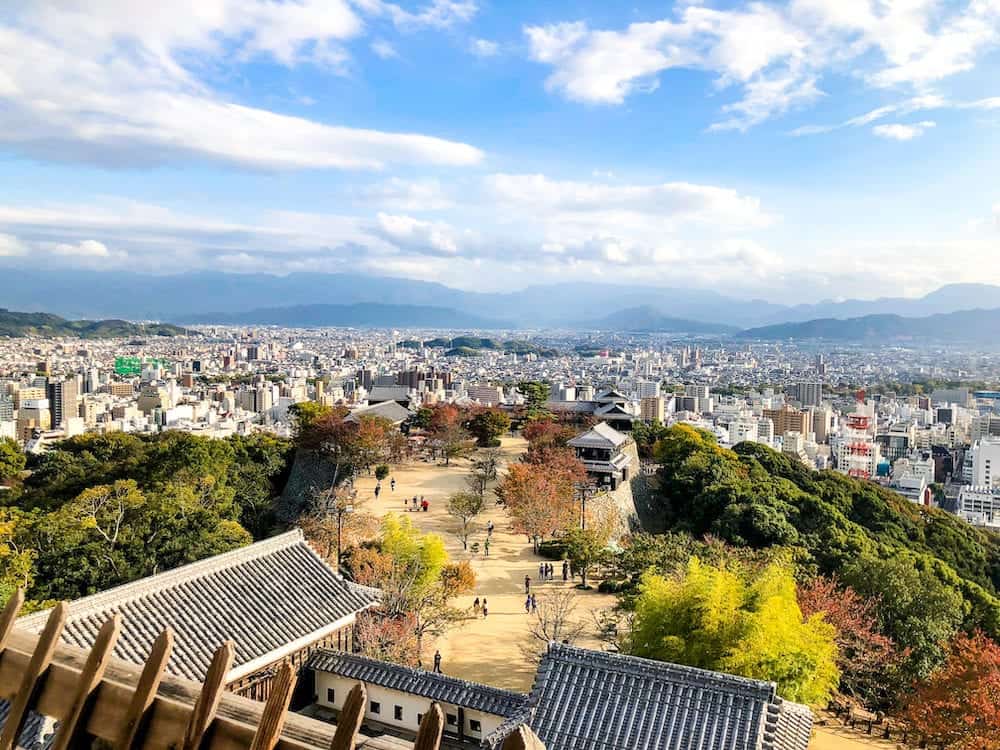
Matsuyama, Japan is the capital of Ehime Prefecture and the largest city on the island of Shikoku. With a population of half a million, there are plenty of diverse attractions to keep you occupied.
Known for its hilltop castle and hot springs, you’re guaranteed a rich and authentic Japanese experience here without dealing with as many tourists as Kyoto or Osaka.
Matsuyama is a destination that the Japanese love to visit too. This is partly due to the city being the main setting in one of Japan’s most popular novels, while the historic Dogo Onsen bathhouse regularly draws visitors as well. Overlooking the Seto Inland Sea from various points in the city, Matsuyama is a relaxing breath of fresh air.
The city is full of culture, history and tradition, ready for you to learn all about. Keep reading to find out the best 18 things to do and see in Matsuyama, as well as some helpful travel tips so you can plan your time here well.
Plan your trip
Save on fees abroad with the Wise Card—use it at ATMs, restaurants, and for flights or hotels in over 150 countries. Manage 40+ currencies in real-time with the Wise app.
Need Help Planning?
- Cheap Flights: Find the best deals.
- Accommodation: From hostels to luxury stays.
- Car Rental: Affordable options worldwide.
- Sightseeing Tours: Explore without breaking the bank.
- Travel Adapter: One adapter for all your needs.
- Travel Insurance: Don’t risk it—stay covered.
This post includes affiliate links. Read my full disclosure and content policy.
Matsuyama Castle
As one of Japan’s 12 surviving post-feudal era castles, Matsuyama Castle is a top attraction. While the first castle was constructed in the early 1600s, it was rebuilt again in 1820 after the first was destroyed by lightning.
The current castle is three stories and contains authentic relics inside. With 200 or so gorgeous cherry trees surrounding the castle, it’s also one of the best spots to visit during the cherry blossom season.
Sitting atop the steep, 132-metre-high Mount Katsuyama, you’ll have a bird’s eye view across the city and the calming Seto Inland Sea. The castle is visible from all points throughout the city, enticing you to come and explore it up close.
Matsuyama Castle opens to the public at 9 a.m. and closes at 4:30 p.m. every day. Walking up the hill takes about 10 to 20 minutes, depending on the route you take, or you can take a convenient ropeway or chairlift to the top.
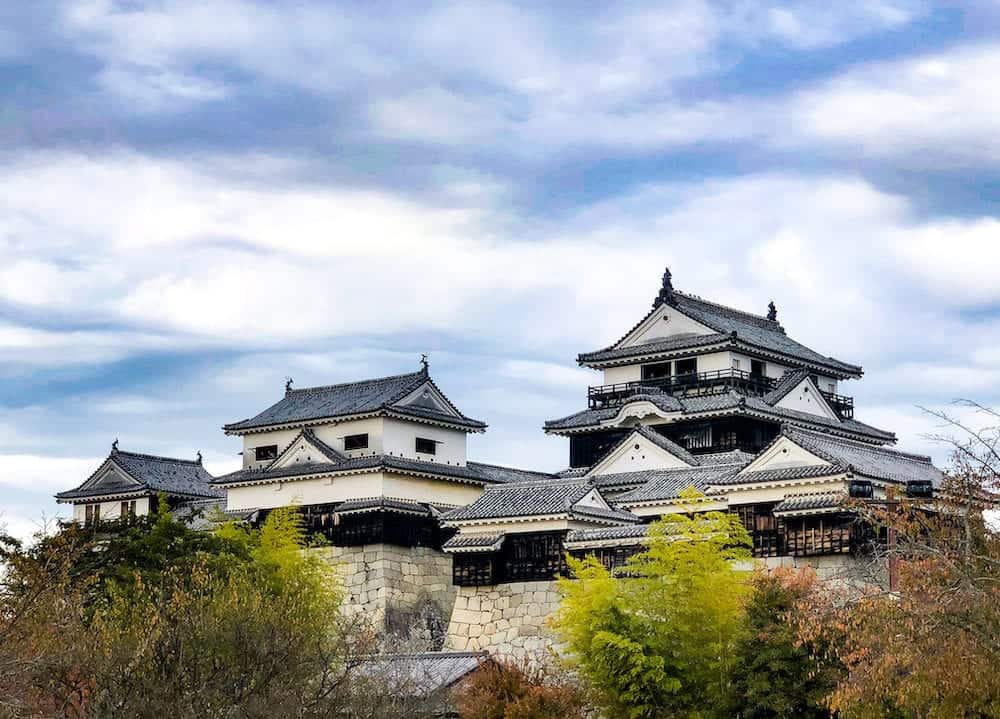
Ninomaru Garden
At the southern base of Mount Katsuyama below Matsuyama Castle is Ninomaru Garden. Palace buildings were located here although they have not survived.
To respect the former structures, the area was converted into a park preserving the former floor plan and layout. This gives you a nice sense of what the area once looked like, but with luscious green spaces and ponds replacing the residences and offices.
The variety of trees and flowers planted here bloom at different times throughout the year, so you’ll likely find something beautifully blossoming. Come and wander this historic garden between 9 a.m. and 5 p.m. on any day of the week.
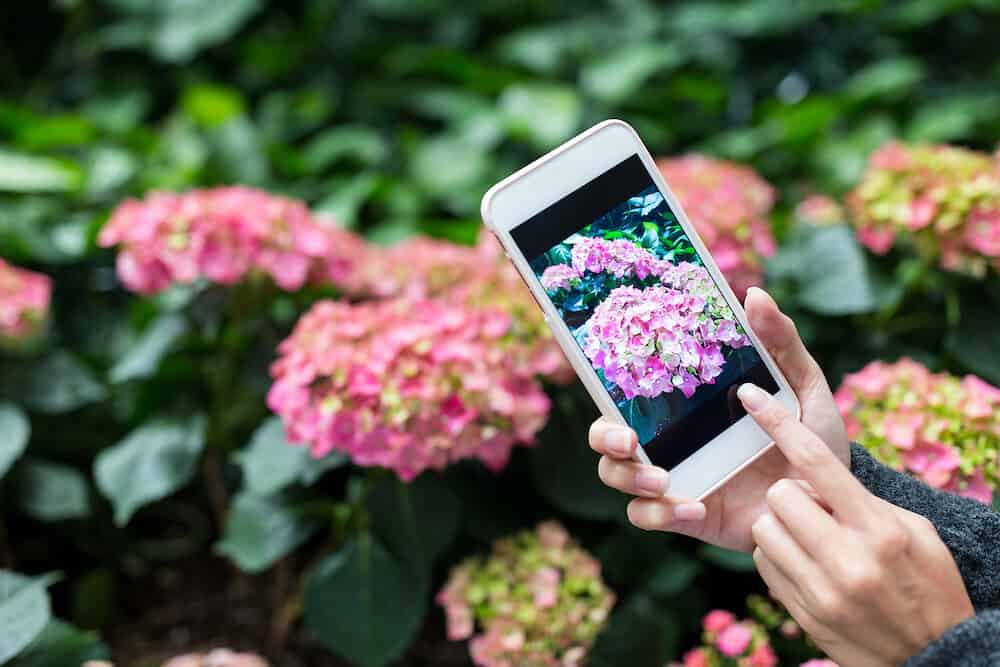
Dogo Onsen
Your next must-visit while in Matsuyama is Dogo Onsen. As one of the oldest hot springs in Japan, Dogo has a long and fascinating history.
The onsen was even written about by Japanese writer Natsume Soseki in his 1906 novel Botchan. The design of Yubaba’s bathhouse in Spirited Away also took inspiration from Dogo’s public bathhouse building.
Despite the modern growth of surrounding Matsuyama, Dogo remains a calming, relaxing environment. In fact, you will spot numerous guests walking around the streets in their yukata robes.
There are two main legends about the onsen. The first tells the story of an injured egret bird that soaked in the hot water each day and eventually flew away after regaining its health.
The second is of a small god, Okuninushi no Mikoto, who also healed himself after soaking in the water. Thrilled with his renewed strength, his footprint was left after dancing on a stone in the hot spring.
The main wooden bathhouse, built in 1894, is a maze of rooms and stairways across three floors. The two main two public baths you can enjoy are the Bath of the Gods and the Bath of the Spirits. If you wish, you can reserve a special private room in advance.
While resting, enjoy a snack and a cup of tea, which is traditionally heated with coal. On the second floor of the main building is a small exhibition with historic artifacts to browse.
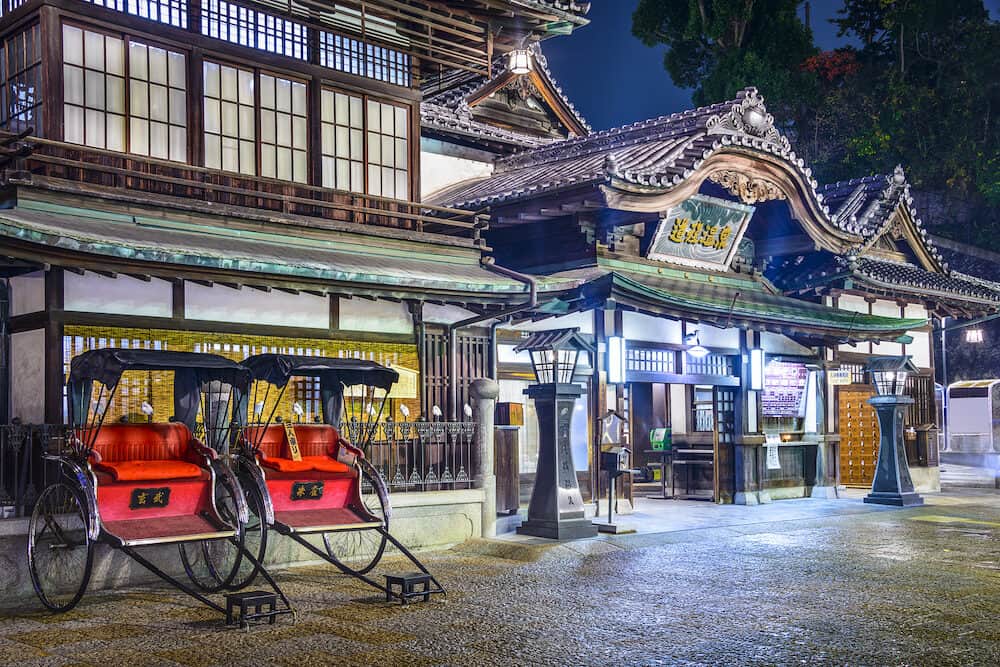
Dogo Park
Before or after you visit Dogo Onsen, stop and see the nearby Dogo Park. A few hundred metres away at the site of the former Yuzuki Castle is a peaceful grassy oasis.
The winding paths are lined with sakura trees, and you may spot some turtles and fish swimming in the moat surrounding the park.
Don’t forget to explore the ruins of the former castle, which feature helpful English explanations. There are a few reconstructed buildings (including a samurai complex) to show you how the site may have looked during the Nanboku-chô period in the 1300s.
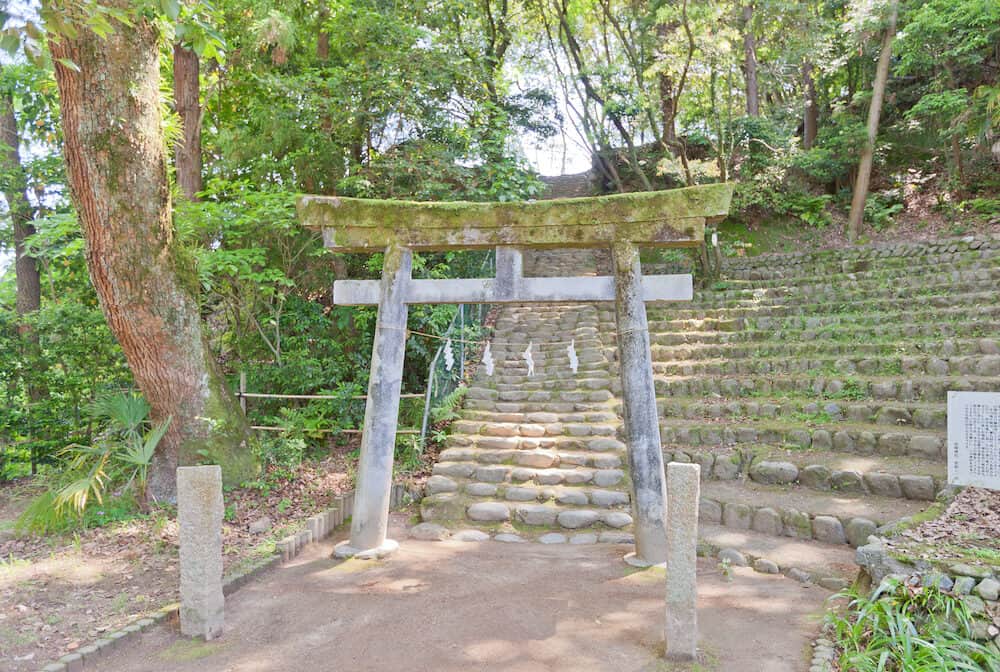
Isaniwa Shrine
The top-visited Shinto shrine in Matsuyama is the Isaniwa Shrine. It is an extremely rare example of traditional hachiman-zukuri architecture, earning it a classification as an Important Cultural Property of Japan.
This style is noted for its gabled roofs between two parallel structures that connect to form one building. No one is certain when this shrine was constructed, though it is estimated to have been here for at least 1,000 years.
Reaching this architectural masterpiece requires passing through the large torii gate and walking up 135 stone steps. You’ll find yourself drawn towards the vibrant vermilion hues and the magnificent gold leaf columns.
Keep in mind that Isaniwa Shrine is so much more than a tourist attraction. Any time you visit, you’re sure to find a Shinto wedding or some other kind of ceremony being held. However, getting to witness such an event only adds to the memorable experience, as you can admire the bride and groom in their elegant kimonos.
The shrine is open daily between 9 a.m. and 5 p.m. and is free to enter.
Bansuisō Villa
Something you likely weren’t expecting to see in Matsuyama is a French-style chateau. Yet, this ornate home built for Sadakoto Hisamatsu in 1922 is a unique architectural achievement in Japan, taking inspiration from the French Renaissance style. This means a visit to the Bansuiso Villa is one of the most unique things to do in Ehime Prefecture.
Wander around the chic, opulent rooms of the villa at your leisure and explore the historic exhibitions upstairs if you’re interested.
Bansuiso is open between 9 a.m. and 6 p.m. every day except Monday. While entrance to the building is free, the exhibitions cost 300 yen per adult. The villa is conveniently located right by Matsuyama Castle too, so you can fit in a quick visit before or after.
Saka no Ue no Kumo Museum
A stone’s throw from the Bansuiso Villa is the Saka no Ue no Kumo Museum. The name directly translates to “Clouds Above the Hill” and is inspired by the novel by Ryōtarō Shiba.
The museum presents information about the Yoshifuru and Saneyuki Akiyama brothers from Matsuyama, the two main characters from the book.
You can also learn about the historic Meiji period. If you have a particular interest in Japanese literature, you won’t regret stopping by. The museum is open from 9 a.m. until 6 p.m. every day except Monday.
The Botchan Train
The famous Botchan Train is a replica of the original Botchan steam train from 1888. It’s known to locals as the Botchan Ressa, named after the main character in Soseki Natsume’s beloved novel, Botchan.
The reconstructed diesel locomotive departs from central Matsuyama and makes its way to Dogo Onsen, offering locals a slice of nostalgia and tourists an enjoyable, scenic ride. The train drivers dress in period outfits, recreating the typical uniform of the late 1800s. A ride costs 800 yen per adult.
If you want to learn a little more about the history of the train, there’s a museum next to the station. Confusingly, the entrance is through the Starbucks next door.
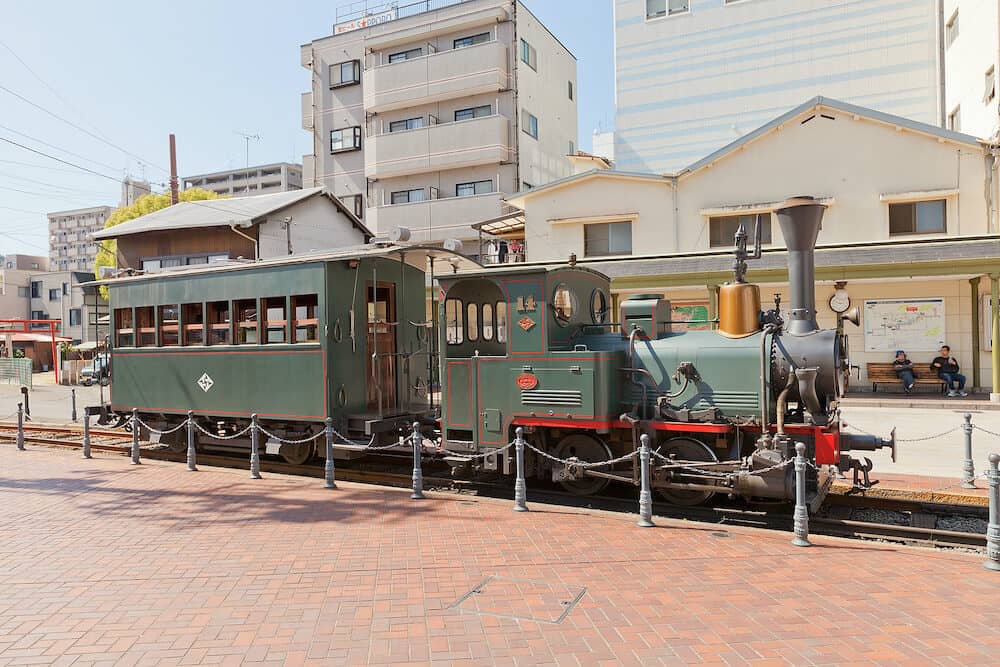
Iyonada Monogatari
While we’re on the topic, Iyonada Monogatari is another incredible sightseeing train. This one is far longer than the Botchan, however, making four round trips from Matsuyama Station to Iyo-Ōzu and Yawatahama every weekend.
Travelling along the Iyo-Nada Strait, this luxurious experience offers tranquil sea views for part of the journey.
This is a fantastic way to explore more of Ehime Prefecture without necessarily knowing where you want to go or what you want to see. It’s also ideal for those who wish to travel in style for a few hours.
On board, you’ll be treated to a full breakfast or lunch prepared by an incredible chef, plus tea, coffee, beer or sake.
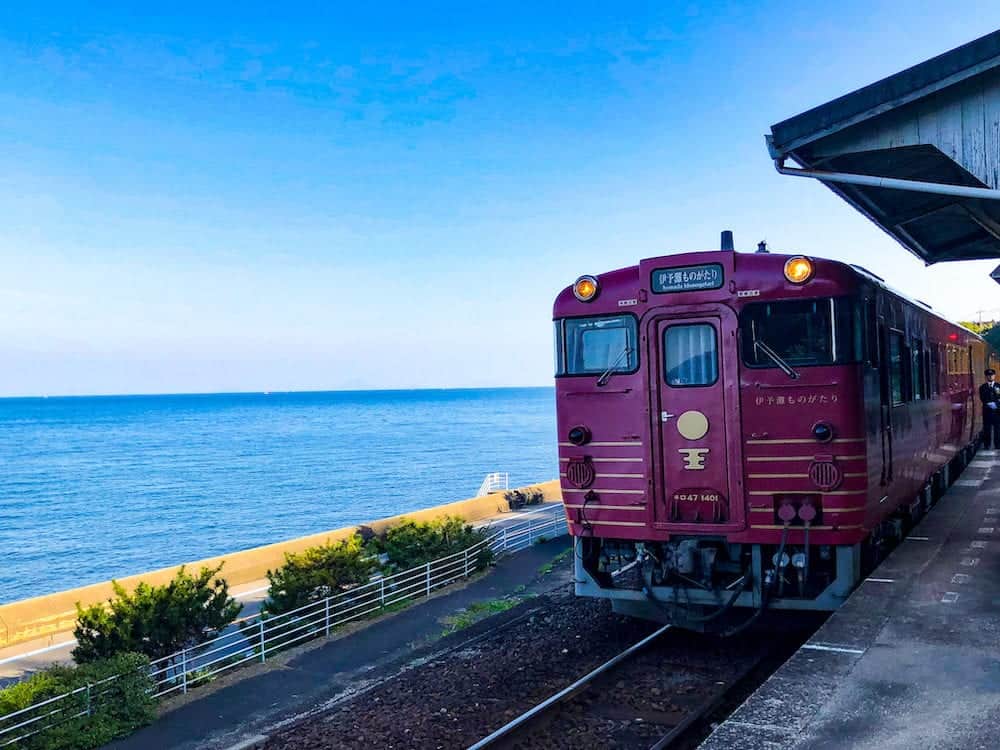
Okaido Shopping Street
Matsuyama’s main shopping arcade is Okaido Shopping Street. From Ichibancho to Chifunemachi Dori, discover an array of welcoming eateries, coffee shops, bars, souvenir shops and boutique clothing stores.
In addition to Japanese restaurants, you can taste a range of international cuisines here too. If you’re lucky, you may even wander into a flea market or the yoichi night market held in July.
The street is covered, so it’s a perfect place to escape either the heat or the rain. Even if you’re not interested in shopping during your trip, come by for a bite to eat or a cup of tea while people-watching. In a hurry? You could even make a point to simply wander through on the way to your next attraction.
Cherry Blossom Festival
If you know anything about Japan, you probably know that cherry blossom season is the most beautiful time of the year (as well as the busiest). While exact dates change year to year, blooming typically begins in Ehime Prefecture in late March and continues until early April.
The Matsuyama Shiroyama Koen Cherry Blossom Festival celebrates this time of year with paper lanterns lit up around Matsuyama Castle. Locals eat meals underneath the sakura trees, drink sake, and sing a Japanese folk song called Sakura Sakura.
This tradition is called a hanami picnic. If you’re a little late to see the cherry blossoms at the castle, the hundreds of trees at Matsuyama Sogo Park are known to bloom a few days later.
Although accommodation throughout Japan is always pricer during this time, it’s a beautiful and iconic Japanese experience that you won’t soon forget.
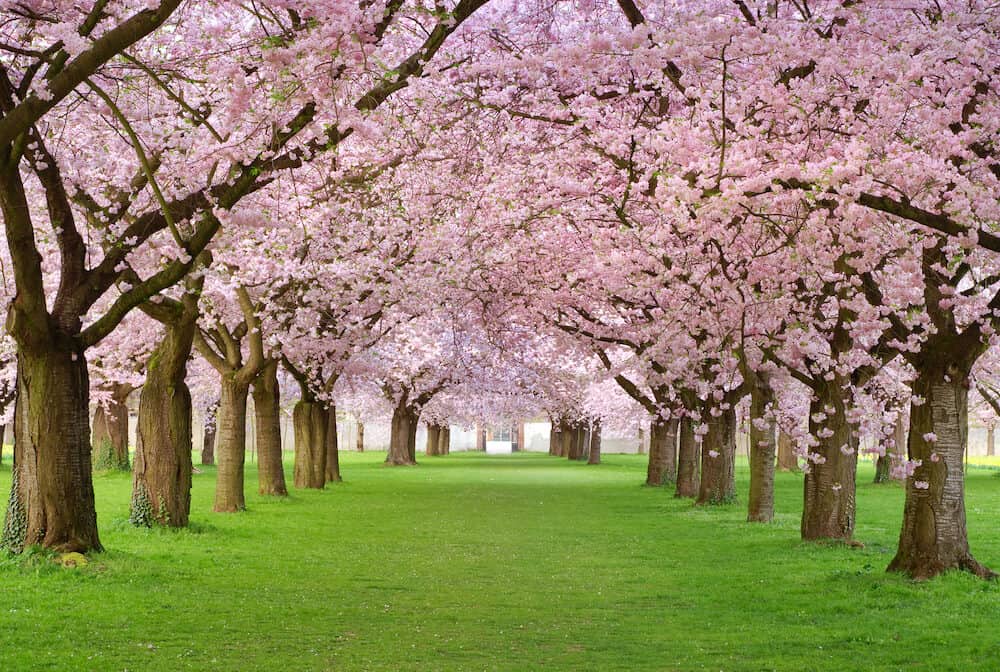
Botchan Karakuri Clock
Outside the Dogo Onsen railway station in the Hōjōen Plaza is the Botchan Karakuri Clock. Built to commemorate the 100th anniversary of the Dogo Onsen Honkan, characters from Sōseki Natsume’s Botchan come to life every hour between 8 a.m. and 10 p.m. It’s a bit of fun for a few minutes, so try and time your visit accordingly so you won’t miss out.
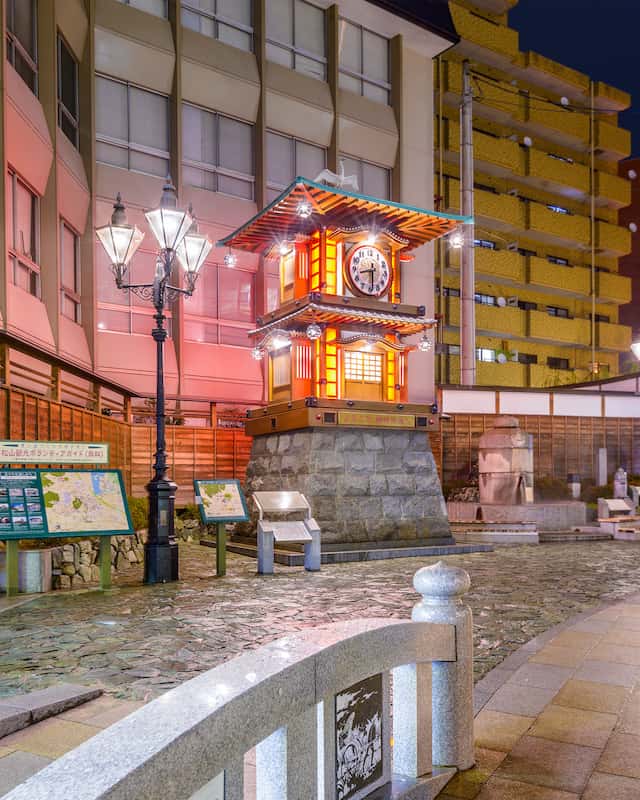
The Museum of Art, Ehime
The Museum of Art, Ehime is a stunning centre housing over 10,000 Japanese and international artworks. Among the Cézanne and Monet paintings, you’ll discover some contemporary local artists as well. The museum hosts many special, memorable exhibitions throughout the year that always draw a crowd.
Contrasting the nearby Matsuyama Castle, the modern, minimalist building is made of concrete and glass. Admission to the permanent exhibitions costs 310 yen per adult. Stop by for a look any time between 9:40 a.m. and 5:30 p.m. from Tuesday to Sunday.
Gogo Island
While you probably aren’t going to Japan for a beach vacation, Gogoshima (or simply Gogo) Island offers a sunny, sandy haven. Close to the shore of Matsuyama, a ferry trip from Takahama to the island’s port can take you as little as 15 minutes.
Feeling the stress of the city or struggling with a bit of jetlag? Spend your day relaxing seaside while swimming, watching the unique bird species and enjoying an ice cream from one of the roadside stalls.
You’re almost guaranteed to find a private, peaceful spot along the shore. The tiny island is suitable for cycling too, and you can rent a bicycle for the day for only 500 yen.
Keep in mind that the island doesn’t have any restaurants, so pack your own lunch if you’re planning on spending the entire day there.
Jōruri-ji Temple
Surrounded by luscious green juniper trees is the Joruri-ji Temple, the 46th temple of the Shikoku Pilgrimage. The original structure built in 708 was destroyed during the Sengoku period, and the rebuilt temple was damaged again by fire during the Edo period.
The wood of the temple is impressively carved, and the lotus ponds behind the main hall will further capture your attention. There’s plenty of parking nearby, or you can catch a taxi and take a short, scenic walk through nature.
Kuma Ski Land
Looking for some winter-specific activities? About 30 kilometres south of the city is Kumi Ski Land in Kuma Kogen. This small resort is perfect for skiing and snowboarding, with lessons and equipment rental both available.
If the snow forecast isn’t looking too good, fear not, as the resort uses artificial snow machines towards the beginning and the end of the season when necessary.
The cost of entrance is determined by the number of hours you spend here, plus the 270 yen lift ticket. For 4,800 yen, you can spend the entire day (up to eight hours) here. Since there’s no nearby railway station, you’ll have to catch a taxi or rent a car for the day.
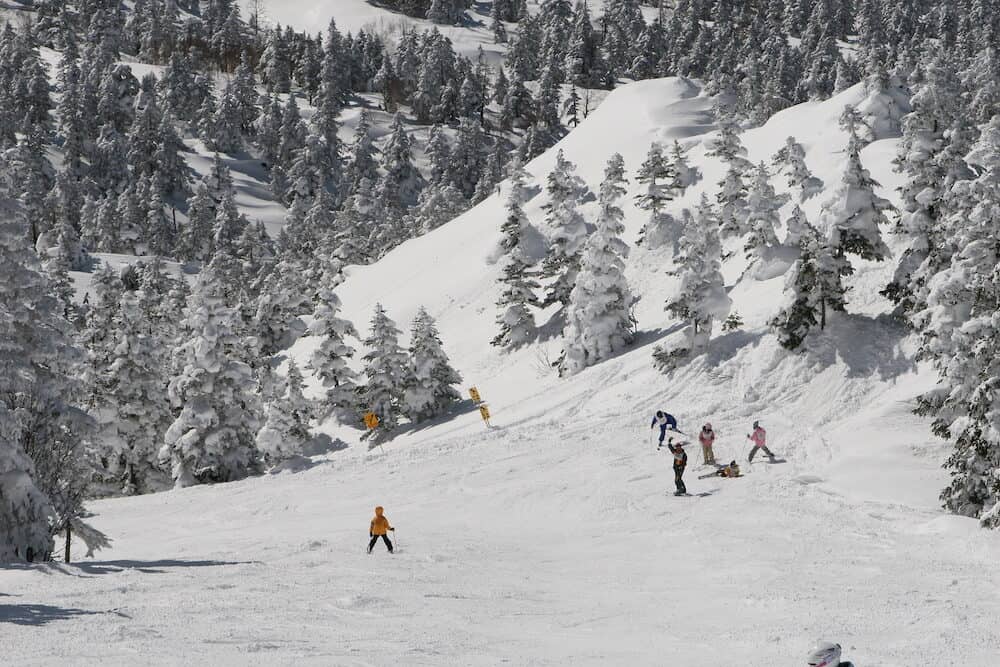
Ishite-ji Temple
A fascinating and peculiar temple to put on your list is Ishite-ji, the 51st of the 88 Shikoku Pilgrimage temples. Cluttered with hidden treasures in every corner, you’ll see something new no matter how many times you look around.
Seven of the structures found here are listed as either National Treasures or Important Cultural Properties of Japan, including the three-storey pagoda and the hondō (main hall) from the late Kamakura period. The wooden sheltered walkway approaching the temple is lined with small shops for you to browse.
You can easily walk here from the Dogo Onsen, and a detour through the bamboo forest is an eerie experience, to say the least. For an even spookier experience, enter the 200-metre-long cave tunnel behind the main hall. On this path to the inner temple, you’ll see many statues and carvings of Buddha.
Entrance to the temple grounds is free, although a look at the displays inside the Treasure House will set you back 200 yen.
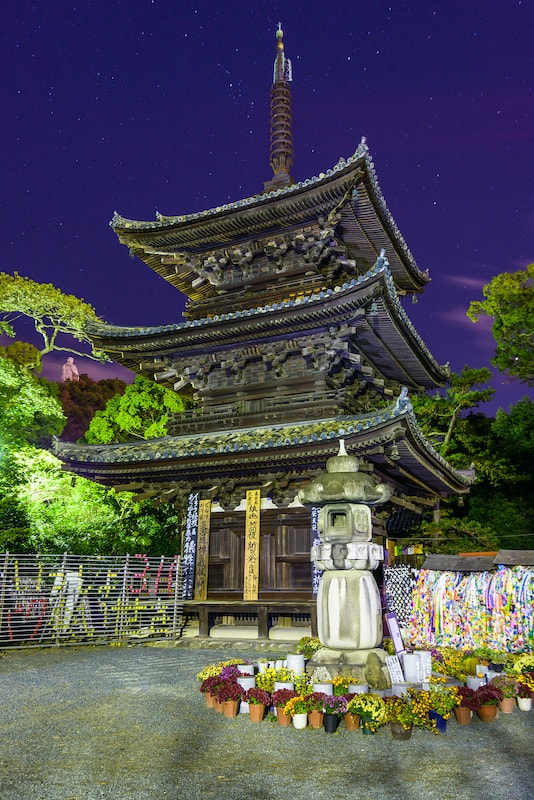
Cat Island
While in Ehime Province, why not pay a visit to Japan’s best-known Cat Island? Aoshima (aka Ao Island) has a cats to humans ratio of six to one. The cuddly creatures were initially introduced to combat a rodent problem, and have since reproduced and taken over the island.
This tiny island of 20 or so residents is by no means a typical tourist island, as there are no restaurants, hotels, or anything of the sort. While the locals, mostly elders, feed and take care of the cats, you should be considerate and avoid disturbing them too much.
If you want to visit these fluffy felines, you’ll need to be well prepared and willing to dedicate an entire day on the island. The boat to Aoshima departs promptly at eight o’clock, meaning you’ll need to depart Matsuyama Station at 6 a.m. to arrive at Nagahama Station opposite the boarding area. The boat back to Shikoku Island won’t depart until 4:15 p.m.
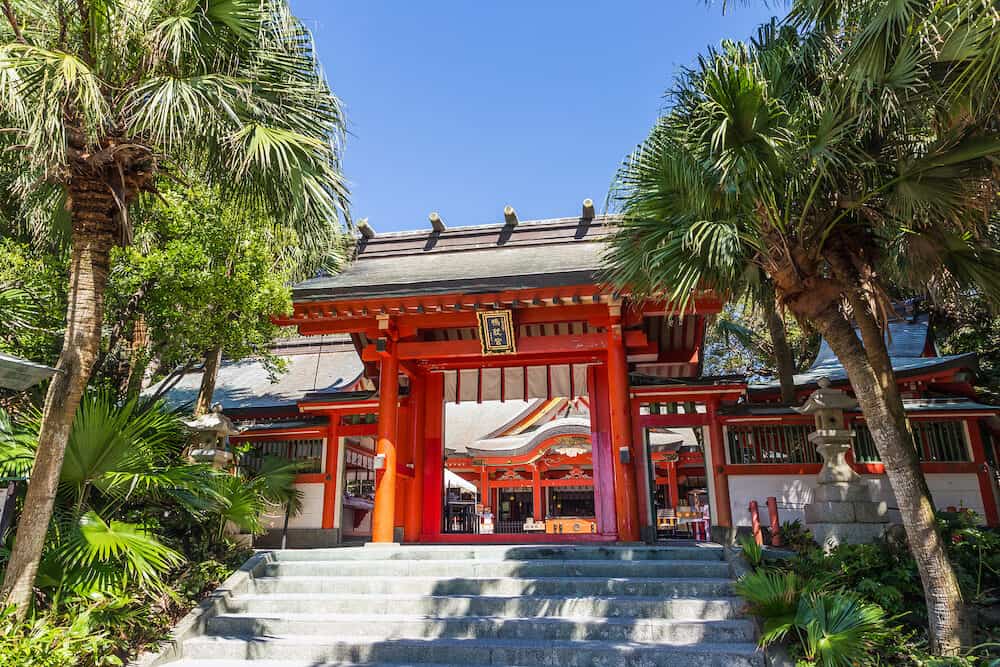
If you’d like to save it for later, please save it to Pinterest.
